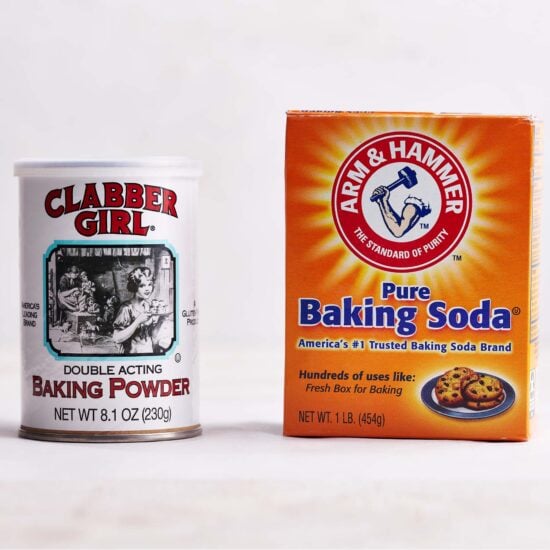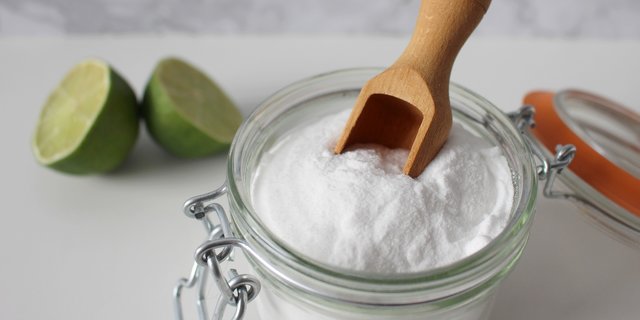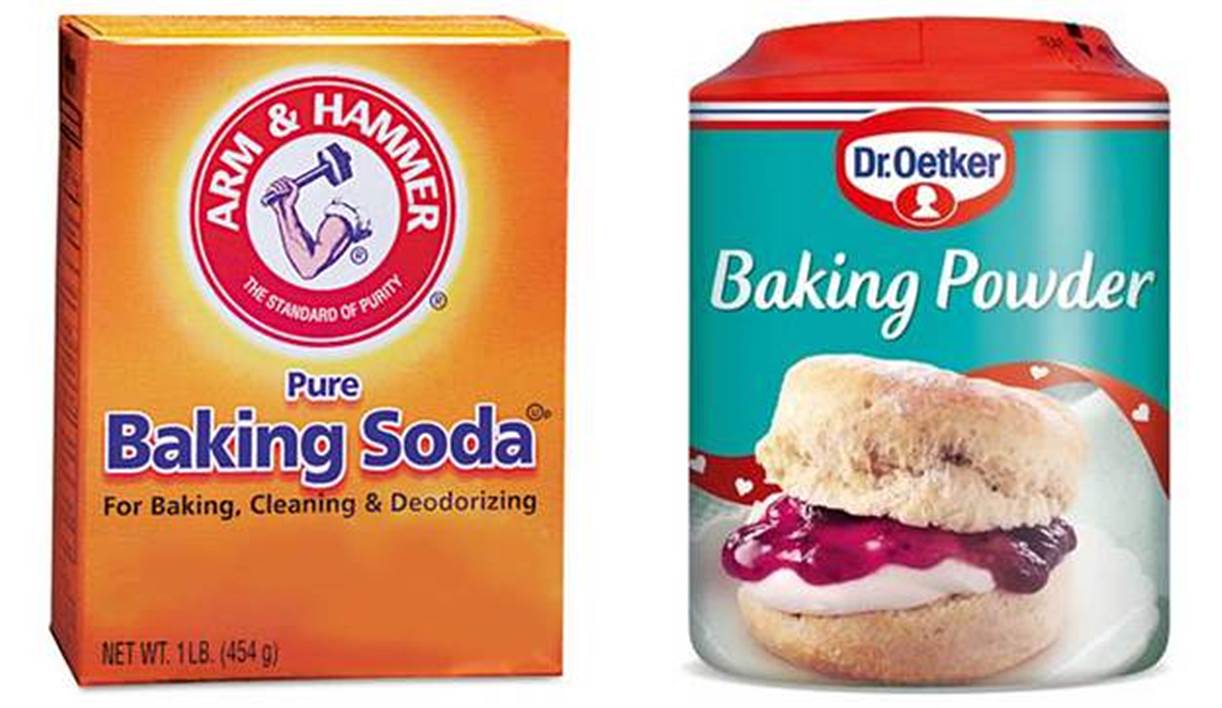
The beneficial qualities of baking soda are the result of its ability to act as a buffer, neutralizing both acidic and alkaline substances to regulate pH. Baking soda, on the other hand, is pure bicarbonate of soda. The formula is 2 parts cream of tartar with one part baking soda. Baking powder has added acidifying and drying agents, typically cream of tartar and starch. Soda needs an acid, like cream of tartar to make your baking rise. The advent of these chemical leaveners as opposed to relying on naturally occurring yeast or the. Baking soda is also present in baking powder but in a smaller amount so it has a lower pH level which results in less browning. You can substitute more baking powder for baking soda, but not vice versa. Baking powder and baking soda are two of the most important ingredients on the baker’s shelf. Baking soda helps add a beautiful browned color to baked goods by elevating pH levels. Recipes can call for one or the other, or both, but it depends on what other ingredients are included.īaking soda is sodium bicarbonate and when it's combined with moisture, acid and heat, it causes your baking to rise.īaking powder contains sodium bicarbonate, but it already has the acid included (cream of tartar) and a base ingredient like starch.

These leavening agents each have a specific role in the science of your food.

And if you want to get super technical, once you make that swap, consider replacing any acidic liquids in the recipe with non-acidic liquids to prevent the extra acid found in. Measure! Don't wing it!īaking soda and baking powder are not one in the same. Since baking powder contains baking soda already, you can usually use about 1 teaspoon of baking powder for every 1/4 teaspoon of baking soda called for in the recipe. When baking soda is combined with moisture and an acidic ingredient (e.g., yogurt, chocolate, buttermilk, honey), the resulting chemical reaction produces bubbles of carbon dioxide that expand under oven temperatures, causing baked goods to rise. The same rule of thumb applies in carpentry as it does in baking: Measure twice, cut once. Baking Soda Baking soda is pure sodium bicarbonate. The combination of ingredients makes your food rise or fall and be soft like a cloud or as hard as a brick. Science is especially important in baking. If one ingredient is off or missing, your final result can be affected.

Because it’s a base, baking soda activates when combined with an acid, releasing carbon dioxide in the form of air bubbles.Examples of acids used in baking are lemon or orange juice, vinegar, buttermilk, sour cream, yogurt. Recipes are created in the kitchen, just as formulas are in the lab. What Is Baking Soda Baking is a science baking soda is a base (or basic) mineral, meaning that it is naturally alkaline. When you tie on that apron and start to cook, you become a scientist.


 0 kommentar(er)
0 kommentar(er)
